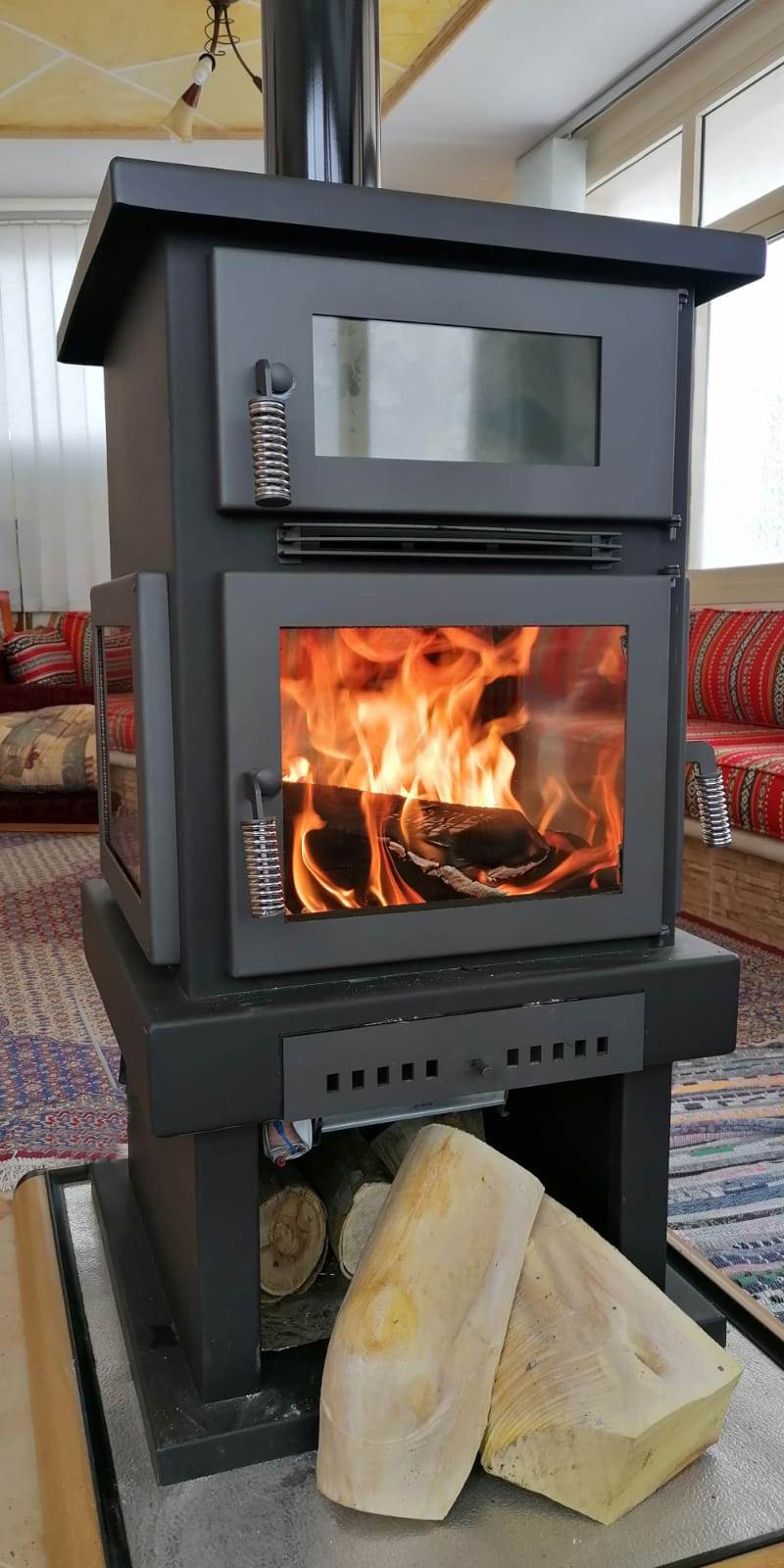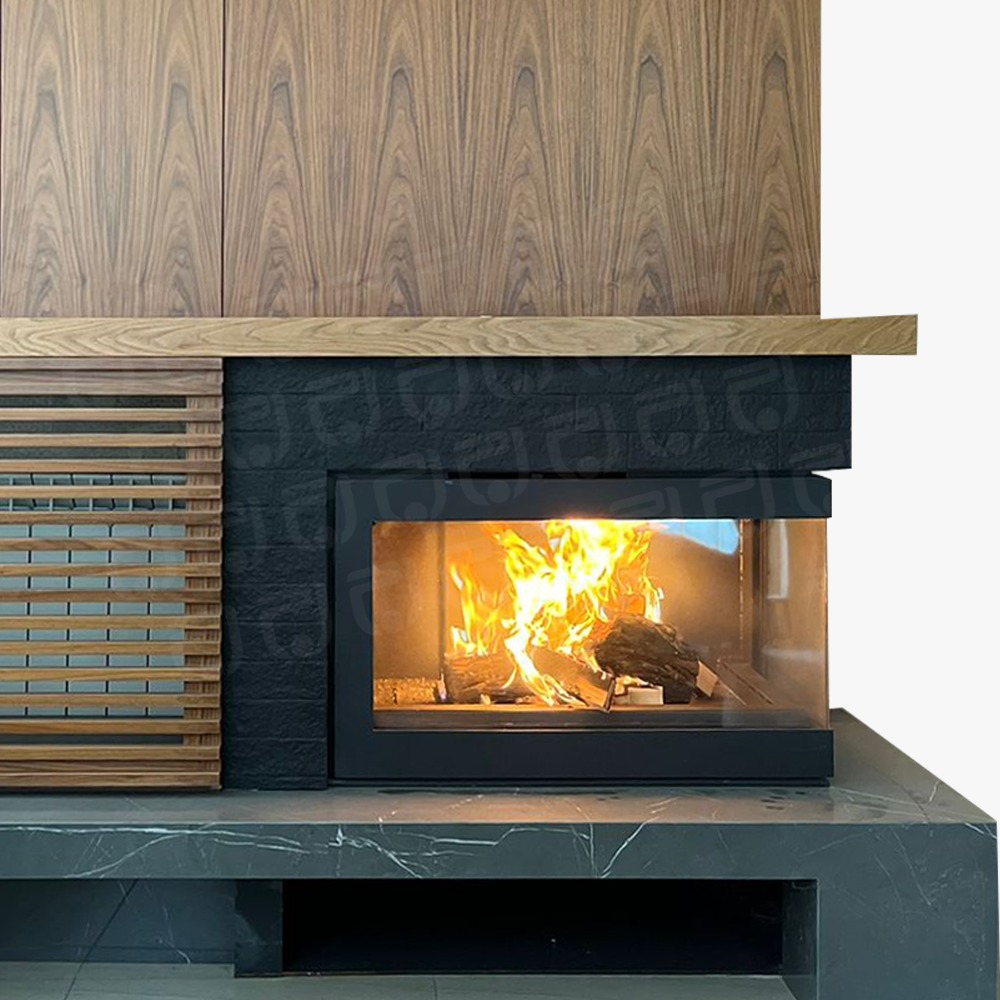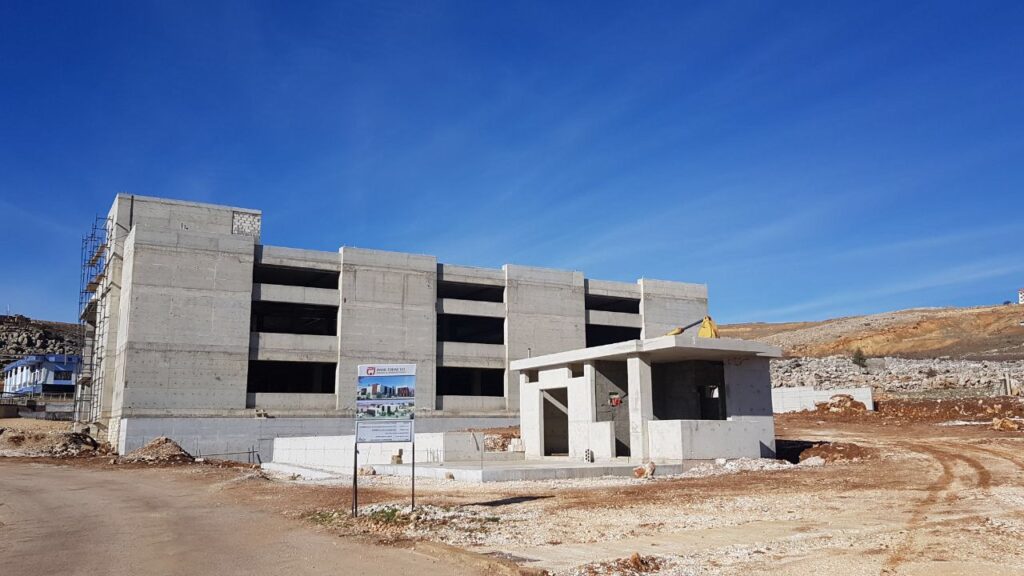Are you yearning for warmth and comfort during those chilly evenings? If you’re not sure of Choosing The Right Stove, we’ve got you covered! Imagine the crackling sound of a roaring fire, casting a dancing glow across your living room, creating the perfect ambiance for relaxation and rejuvenation. A gas or diesel or wood-burning stove is the quintessential centerpiece that can transform your living space into a cozy retreat you’ll never want to leave.
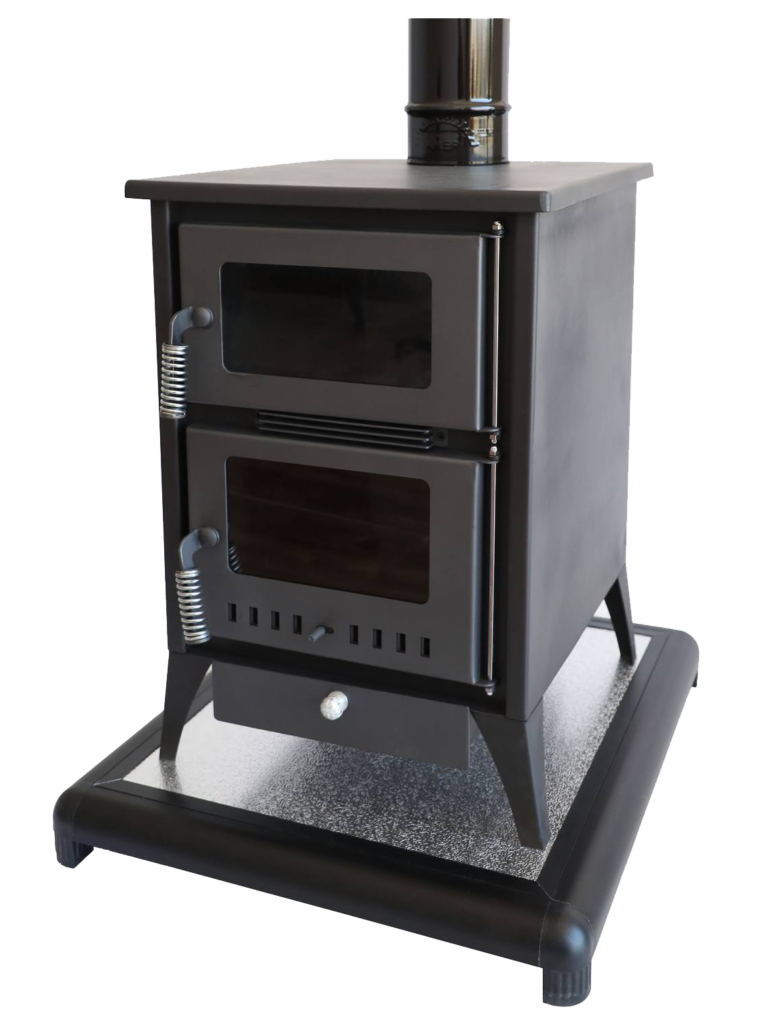
Wood-Burning Stoves
Wood-burning stoves are fueled by logs or wood pellets. They offer a traditional and rustic charm, providing an authentic flame experience that many people find captivating. Wood stoves create a cozy and warm atmosphere, making them popular for their ambiance. However, using wood as fuel requires proper storage space, regular maintenance, and manual ignition.
It is essential to note that burning dry wood is ineffective and produces a significant amount of smoke, leading to chimney damage and soot build-up on the stove, while also contributing to air pollution. To ensure efficiency and minimize these issues, opt for dry wood that has been sourced and seasoned or kiln dried properly.
Diesel Stoves
With their high heating capacity and excellent performance, they have become a go-to option for both residential and commercial settings, bringing warmth and comfort to countless homes and businesses. Beyond their functionality, diesel stoves have also made a positive impact on the environment, with advanced technology minimizing emissions and promoting cleaner air.
Gas Stoves
A gas stove uses natural gas or propane as its fuel source. It connects to a gas supply line and typically requires professional installation. Gas stoves provide instant heat with the flip of a switch or turn of a knob. They are convenient, clean-burning, and controllable, offering precise temperature regulation. However, they may not provide the same ambiance and authentic experience as a wood-burning stove.
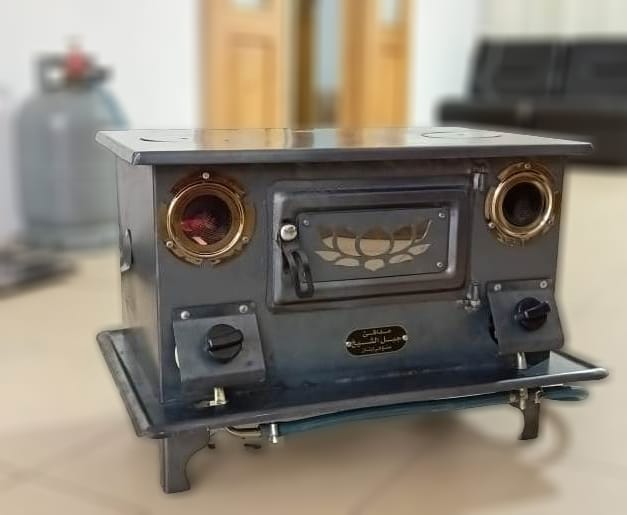
Choosing The Right Stove Heat Output
Achieving the right heat output from a stove is vital for optimal comfort and efficiency. To ensure this, selecting the appropriate stove size based on room dimensions and insulation is crucial. Checking the stove’s specifications for its heat output rating and using high-quality, properly seasoned fuel also play a significant role. Mastering the stove’s air controls helps adjust airflow and combustion rate, controlling heat output effectively.
Starting the stove slowly and monitoring its temperature with a thermometer ensures a steady temperature increase. Utilizing fans and zone heating can distribute heat evenly throughout the room. Regular maintenance and clean flues maintain the stove’s performance and prevent heat loss. For gas stoves, using programmable thermostats can regulate heat output efficiently. Striking the right balance between comfort and efficiency guarantees a warm and inviting living space.
Safety First
Safety is of utmost importance when incorporating a stove into the living room. Proper installation by a certified professional, adhering to building codes, and ensuring appropriate venting are essential safety measures. Adequate ventilation is crucial to prevent the build-up of harmful gases like carbon monoxide, making the installation of carbon monoxide detectors a wise decision.
For households with young children, childproofing the area around the stove is essential. This includes installing stove guards, safety gates, and secure barriers to prevent accidental contact with hot surfaces. Heat-resistant materials like tiles or metal heat shields should be used on walls near the stove to protect against heat radiation.
Flooring protection is also necessary to guard against sparks, embers, and heat. Placing a non-combustible hearth pad or floor protector beneath the stove helps minimize fire hazards. Regular maintenance checks are crucial to keep the stove in proper working condition. Annual inspections and cleaning of the stove, flue, and chimney are recommended.
Proper fuel storage, such as keeping wood or pellets away from the stove in a dry location, reduces the risk of fire accidents. Having a fire extinguisher nearby and ensuring household members know how to use it is a proactive safety measure. Additionally, never leaving the stove unattended while it’s burning, especially in the presence of children or pets, is a vital safety precaution.
What About Choosing The Right Stove Style?
A Wood-Burning Stove is typically made of cast iron or steel, that features a classic and rustic design with decorative elements like patterned doors or handles. Moreover, may have a large glass window to showcase the dancing flames.
A Diesel Stove is often constructed from durable materials like steel, boasts a sleek and modern design with clean lines and a contemporary look. Besides, may have a minimalist appearance with simple controls and a discreet exhaust.
A Gas Stove comes in various designs, from classic to modern, depending on the model. It may resemble a traditional wood-burning stove or have a contemporary, streamlined appearance. Some gas stoves have realistic logs or stones to mimic the look of a real fire.

